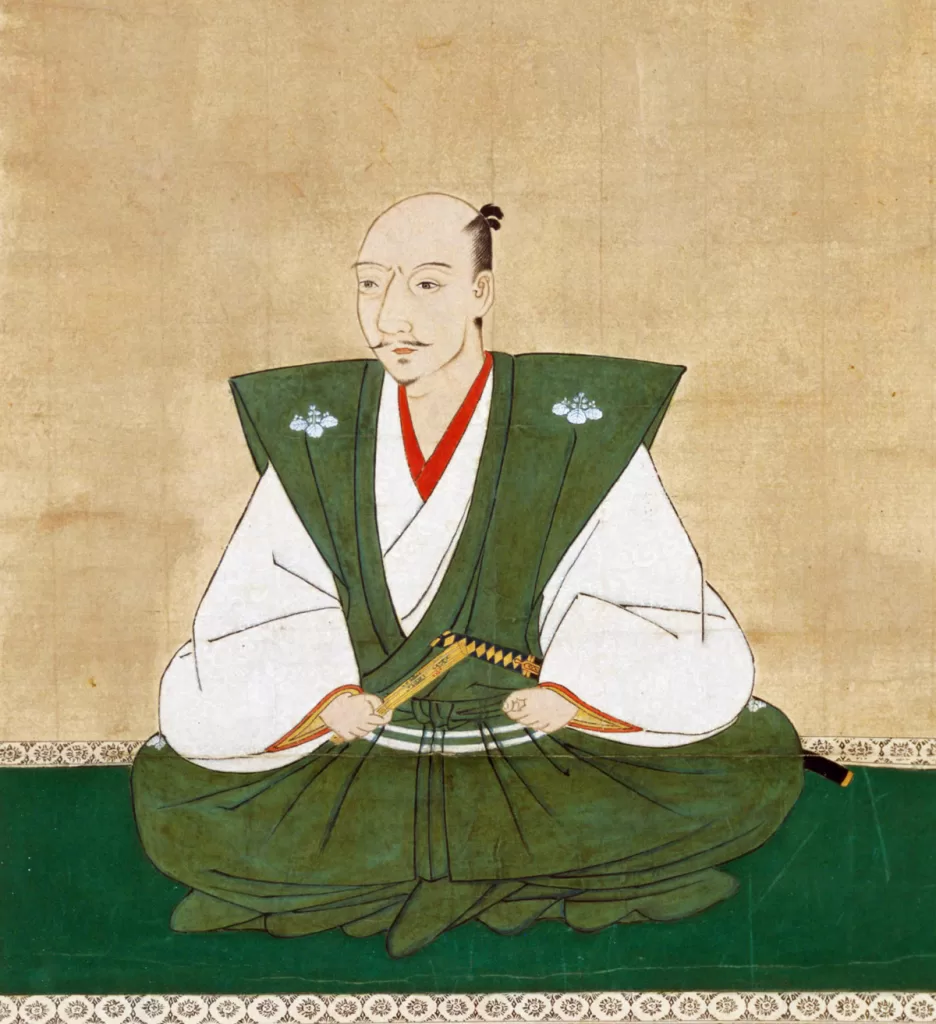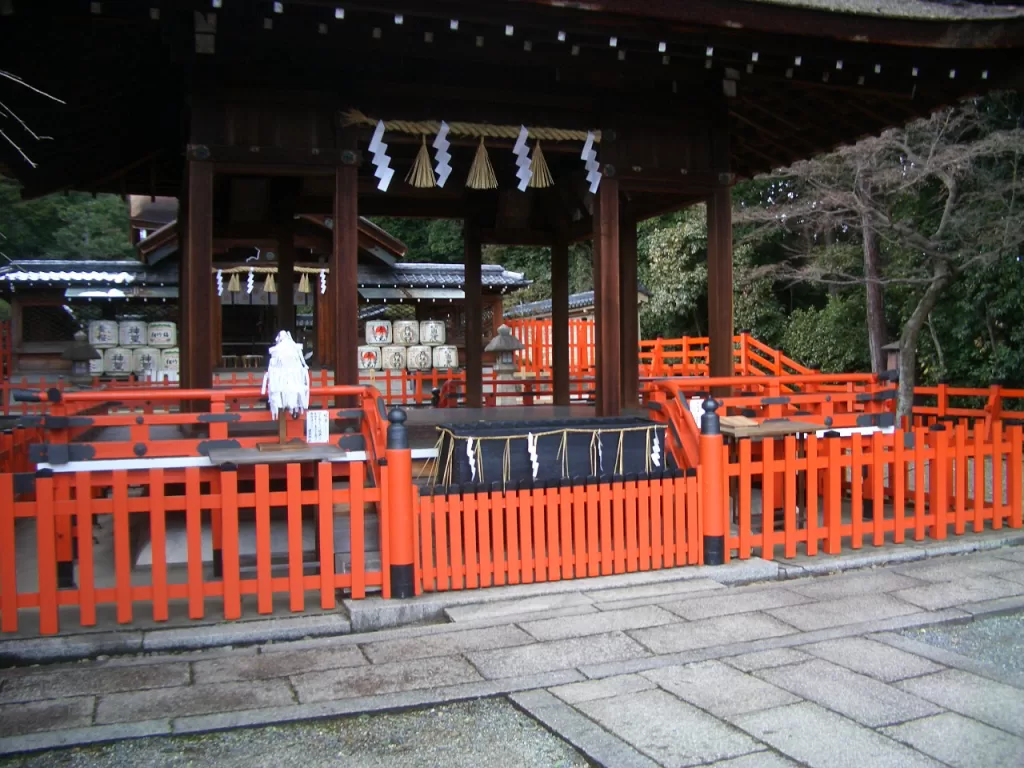Funaoka Taisai Ritual: A Revered Festival of Oda Nobunaga’s Legacy in Kenkun Shrine

Showcasing the Heroics of Oda Nobunaga
Held at Kenkun Shrine on Mt. Funaoka, the Funaoka Taisai, better known as “Funaoka Grand Festival” stands as a significant historical festival of Japanese culture. Its prominence is linked to its location in northwestern Kyoto, where Oda Nobunaga, the renowned 16th-century warlord lauded for unifying Japan, was deified.
This momentous event is held annually on October 19, the significant date when Nobunaga marched triumphantly into the ancient capital in 1568. The festival symbolizes a phase of appreciation towards Nobunaga’s contribution towards ending a period of unrest that had engulfed Japan during the latter half of the Muromachi Period.
A Tribute to Oda Nobunaga—a Unifier and Reformer
The festival is much more than a ritual; it’s an educational opportunity that allows successive generations to learn about Nobunaga’s history and contributions towards unifying several independent fiefdoms and paving the way for Japan’s modernization. His legacy and influence still resonate today despite his untimely death during an insurrection in 1582.
Tradition Meets Reverence: Ceremonials at The Funaoka Taisai
Funaoka Taisai comprises several traditions and rituals aimed at acknowledging Nobunaga’s achievements. Offerings of food and drink are made to Nobunaga by shrine priests who involve visitors in these rites. Authentic performances, such as plainclothes noh dance “Atsumori” (said to be one of Nobunaga’s favorites), are staples at this annual event—alongside bugaku performances showcased on the shrine’s stage-like haiden. It’s one of the most fascinating Kyoto events in October.
Over time, additional offerings have included historical weaponry demonstrations like matchlock rifles exhibited by men adorned in period armor and treasure exhibitions—in line with preserving traditional martial practices popular during Oda Nobunaga‘s time. Recently, falconry—an art treasured by many samurai—has been displayed by the Suwa Falconry Preservation Society as part of these enriching experiences.

Kenkun Shrine: A Symbolic Cultural Location
Home to Funaoka Taisai, Kenkun Shrine, or more officially known as Takeisao-jinja Shrine, houses Oda Nobuanaga’s revered spirit. Founded around 1869, this key location in Japanese history attracts students, workers, travelers, researchers, and interns from across the globe who appreciate Kyoto’s peaceful aura laden with historical richness.
This key cultural objective possesses an awe-inspiring architectural marvel—the main sanctuary constructed in nagare-zukuri style exhibiting a characteristic sloping style roof extending over its frontage. A unique visual element marking the entrance to this sacred area lies a large rock engraved with a snippet from “Atsumori”. This annual event held every October 19th provides yet another way for attendees and tourists alike to explore and relish because, as stated on that rock “A man’s life of fifty years under the sky is nothing compared to the age of this world…”, epitomizing Oda Nobunaga’s philosophy.
If you want to immerse yourself in Kyoto’s spiritual and cultural heritage, don’t miss the Twenty-Five Bodhisattvas Procession at Sokujō-in Temple. This mesmerizing event, also known as Nijūgo Bosatsu Oneri Kuyō, takes place each year in October and showcases Bodhisattvas’s profound beliefs and artistry.